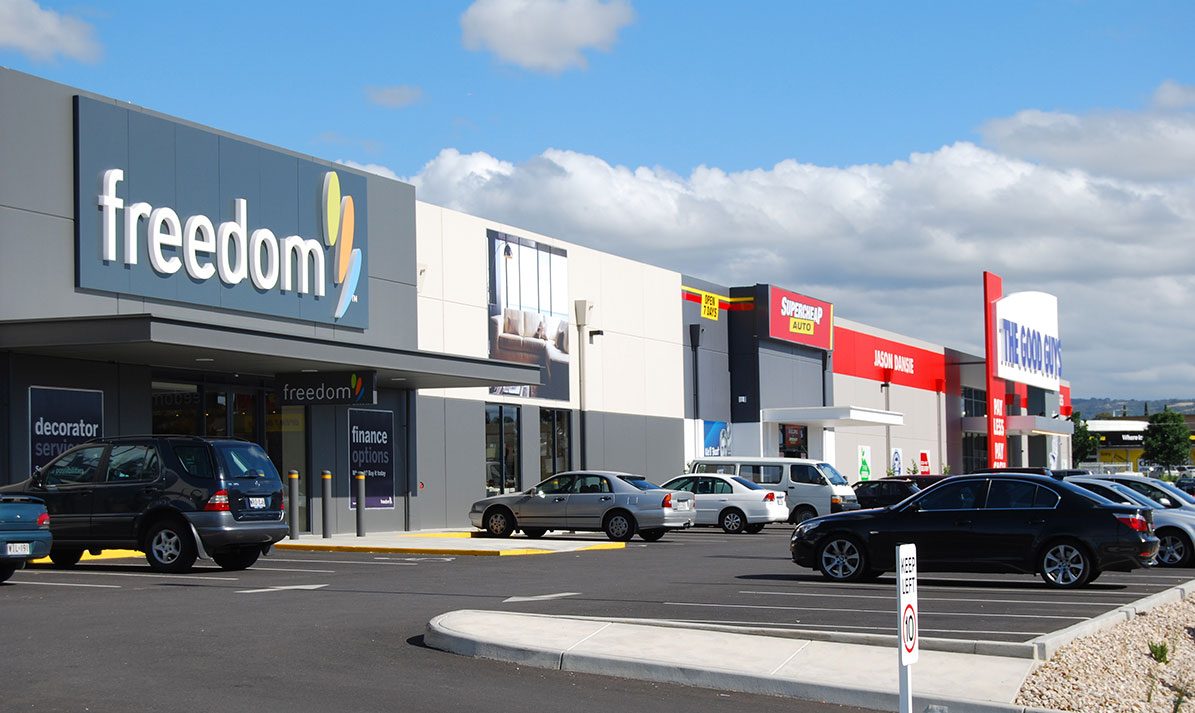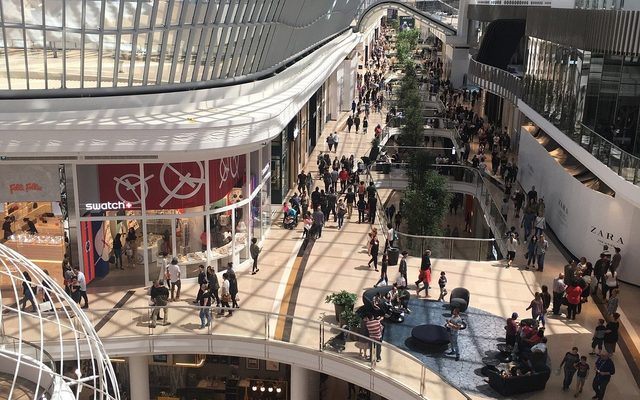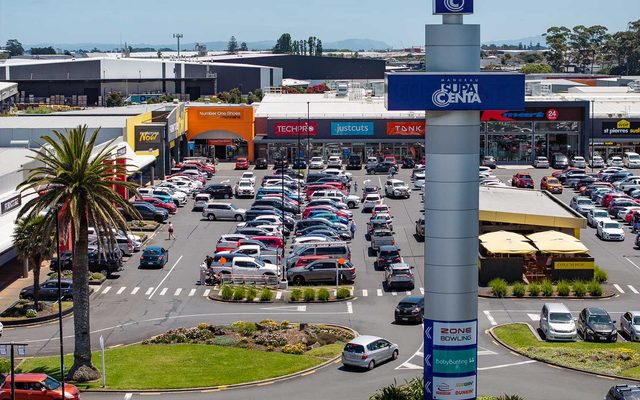This article is from the Australian Property Journal archive
PRIVATE investors are still focused on the large format retail investment market, holding a two-thirds share of the asset class.
According to the latest research from CBRE, investors are drawn to the LFR centres thanks to population growth predictions and the limited supply of the class, with just 332 of the asset type across the country.
“Australia’s population growth is expected to exceed 15% between 2023-2033. This equates to an additional 4.43 million residents nationally by 2033. We anticipate an additional retail spend of $45 billion from migration related demand over 2024-2033,” said Amita Mehra, head of retail research at CBRE.
“After a flat 2023 where national LFR rents grew 0.1%, the market is projected to rebound in 2024 with a 3.0% increase. Rental growth will be led by Adelaide at 3.8% followed by Melbourne at 3.6% and Sydney rebounding to 2.6% after declining 6.6% in 2023. Brisbane and Perth are also forecasting healthy rental growth of 2.5% and 2.1% respectively in 2024.”
A recent report from JLL Retail Investments Australia & New Zealand, found the LFR asset class recorded a 79% drop in transaction volumes over 2023, as scarce supply resulting in minimal opportunities, despite this strong demand.
Interest from private investors is on the rise in line with a decline in institutional capital investment, with larger private buyers making up 66% of transactions in 2023, compared to just 36% in 2020 being private buyers.
“We continue to experience demand for LFR assets in metropolitan and strong regional locations, with investors attracted to forecast rental growth and retailers looking to expand their store networks,” said James Douglas, senior director of retail capital markets at CBRE.
“Regional locations are benefiting from retailer expansion plans, with investors looking to capitalise on these strategies.”
The report also highlighted the significant lack of supply introduced over 2023, with new retail floorspace at a 10-year low over the year, with LFR making up 26% of this.
The LFR sector is also witnessing the emergence of the “lifestyle” retail category, highlighting the shift towards “day-to-day lifestyle offerings” over traditional categories.
“Retailers and occupiers including Chemist Warehouse and Autobarn belong to this new category,” added Mehra.
“These retailers are not typical tenants, they represent a shift towards more day-to-day lifestyle offerings rather than fitting into traditional hardware or furniture categories. Notably, Chemist Warehouse is expanding from shopping centres to LFR spaces, which provide increased space, extended trading hours and lower rents.”
“Overall economic conditions, retailer performance, and any potential supply rebalancing will be key factors influencing the forecast trajectory from 2024 through 2028.”




